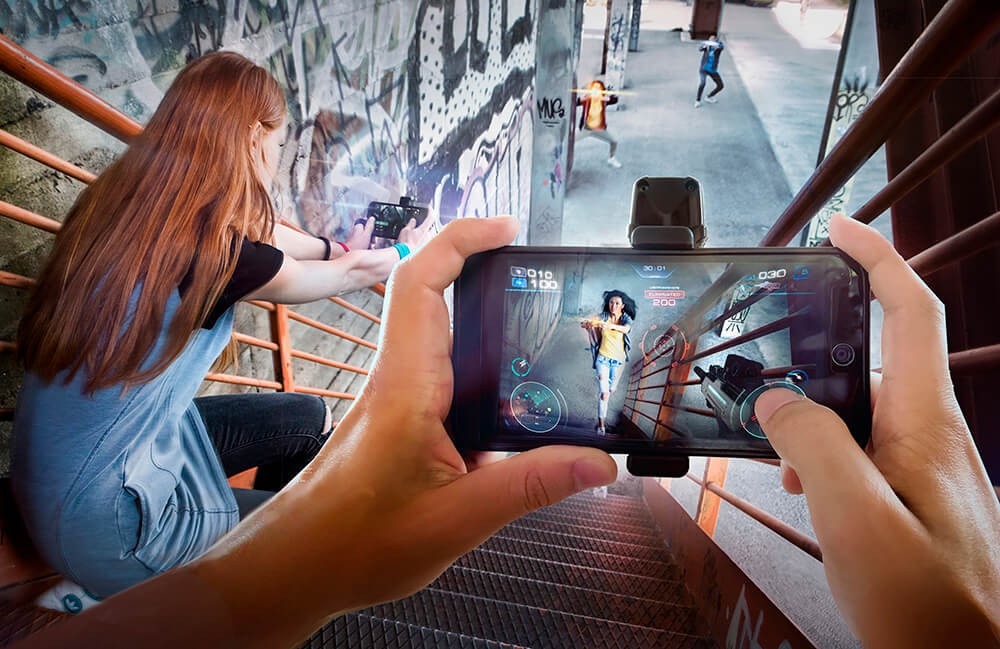Augmented Reality (AR) has emerged as a transformative technology with applications spanning various industries, from entertainment and gaming to healthcare and retail. In recent years, AR has experienced significant growth, driven by advancements in hardware, software, and consumer demand. This article explores the expanding role of augmented reality, focusing on its evolution from gaming to retail and beyond.
The Evolution of Augmented Reality
Gaming and Entertainment
One of the earliest and most well-known applications of augmented reality is in gaming and entertainment. AR technology overlays digital content onto the real world, enhancing the gaming experience by blending virtual elements with the user’s physical environment. Games like Pokémon GO brought AR into the mainstream, allowing players to interact with virtual creatures in real-world locations. As AR technology continues to evolve, we can expect more immersive and interactive gaming experiences that blur the lines between the digital and physical worlds.
Retail and E-Commerce
In recent years, augmented reality has gained traction in the retail sector, revolutionizing the way consumers shop and interact with products. Retailers are leveraging AR technology to create virtual try-on experiences, allowing customers to visualize how clothing, accessories, and even furniture will look in their homes before making a purchase. AR-powered apps enable users to virtually “try on” makeup, glasses, and hairstyles, providing a more personalized shopping experience. By bridging the gap between online and offline retail, AR is reshaping the future of e-commerce and consumer engagement.
Applications of Augmented Reality in Retail
Virtual Try-On and Product Visualization
Augmented reality enables retailers to offer virtual try-on experiences, allowing customers to see how products will look and fit before making a purchase. Whether trying on clothing, shoes, or home décor items, AR technology provides a realistic and interactive preview, enhancing the online shopping experience and reducing the likelihood of returns. By enabling customers to make more informed purchasing decisions, virtual try-on solutions can increase customer satisfaction and drive sales for retailers.
In-Store Navigation and Wayfinding
For brick-and-mortar retailers, augmented reality offers innovative solutions for in-store navigation and wayfinding. AR-powered apps can provide real-time directions to help shoppers navigate large stores, locate specific products, and discover promotions or discounts along the way. By enhancing the shopping experience with interactive maps and personalized recommendations, retailers can improve customer satisfaction and loyalty while driving foot traffic to physical stores.
The Future of Augmented Reality in Retail
Enhanced Customer Engagement
Augmented reality holds the potential to revolutionize customer engagement in retail, offering immersive and interactive experiences that capture the attention of consumers. From virtual fitting rooms to AR-powered product demonstrations, retailers can leverage AR technology to create memorable and personalized interactions with their customers. By integrating AR into marketing campaigns and brand experiences, retailers can differentiate themselves in a competitive market and drive brand loyalty.
Data-driven Insights and Analytics
Augmented reality also presents opportunities for retailers to gather valuable data and insights about customer behavior and preferences. By analyzing user interactions within AR experiences, retailers can gain deeper insights into customer preferences, purchase intent, and product performance. These data-driven insights can inform merchandising decisions, marketing strategies, and product development initiatives, enabling retailers to optimize their operations and deliver more personalized shopping experiences.
Conclusion
As augmented reality continues to evolve and expand its reach, its impact on the retail industry is becoming increasingly profound. From enhancing online shopping experiences to transforming in-store interactions, AR technology offers innovative solutions that drive customer engagement, increase sales, and differentiate brands in a competitive marketplace. As retailers embrace AR as a strategic tool for growth, we can expect to see continued innovation and experimentation in the integration of augmented reality into the retail experience. By harnessing the power of AR, retailers can unlock new opportunities for creativity, engagement, and success in the digital age.

